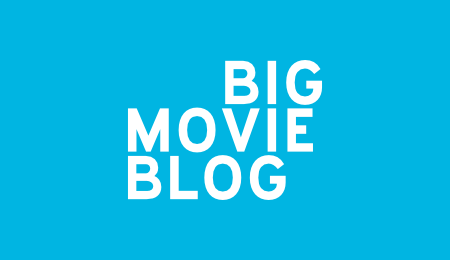The Longest Day (1962)
“You are about to embark on the Great Crusade…” — General Dwight D. Eisenhower
June 5 and 6, 1944. The liberation of Europe begins.
The Longest Day tells the story of the first day of the Normandy Invasion and the battle to free Europe from Nazi occupation. From U.S., British, and French Airborne and Commando forces dropping behind enemy lines to Eisenhower’s briefing room, from Rommel’s headquarters to landing crafts, Rangers scaling cliffs, and ordinary French civilians rising up to free their nation, the film seeks to capture the full scope of the most important military operation of the twentieth century.
It does a pretty good job of it.
It is hard to communicate the scale of this film. “Epic” has become cliché, but it is the only word that comes close. While the subject of The Longest Day is enormous, the production of the film is nearly as monumental.
Let’s look at some of the people who appeared:
Richard Burton (WWII veteran)
Henry Fonda (WWII veteran)
Richard Todd (WWII veteran)
Eddie Albert (WWII veteran)
John Wayne, Robert Mitchum, Sean Connery, Richard Dawson, Paul Anka, Red Buttons, Fabian, Jeff Hunter (original Captain Pike of the Enterprise), Peter Lawford, Roddy McDowall (Planet of the Apes), Sal Mineo, Rod Steiger, Robert Wagner, Gary Collins…and about 2,000 others.
This army of talent was corralled by five directors, including Ken Annakin, Andrew Marton, Gerd Oswald, Bernhard Wicki, and Darryl Zanuck, who divided duties based on the focus of each scene. The British Annakin directed the scenes dealing with British forces, Marton the American scenes, Oswald the French, and Wicki the German action, while Zanuck served as utility player capturing several interior scenes.
The movie is also epically long, at almost three hours - which is as good a place as any to look at the good and the bad.
On the downside…wow…this is a long movie. It is hard to be too critical given the scope, but when the movie is nearly as long as the event it covers you may be stretching people’s staying power. The first hour moves quickly and the last isn’t bad, but hour two is a good time for a run to the Concession Stand.
Also in the negative column, the size of the cast is amazing - but it hinders any sort of character development, leaving most figures two-dimensional. In defense of the film, war can be like that, with individual stories lost in the wave of history. My sense though is that this is not a nuanced commentary on that aspect of battle, but an artifact of a cast that was simply too large to integrate into the story.
Moving to the positive…
The black and white footage is crisp and creates powerful visuals. Many scenes look like they were cut from WWII newsreels (I suspect some of the German ones actually were) and despite the limitations of 1960s special effects, there is a feeling of authenticity to much of the film.
The use of multiple directors is also a strong plus. While the film is clearly sympathetic to the Allies (and after all, who doesn’t like to fight Nazis?), the Germans never become caricatures and many show more personality than the Allied figures. Related to that, throughout the film the Germans all speak German, the French French, the English whatever they speak, and the Americans good old fashioned American. Like the visuals, it creates a compelling level of reality and helps sell the film. It was also something very rarely done before The Longest Day.
So what is the verdict on the movie?
It is a film that everyone should see once…preferably broken up over a couple days and not in one sitting because you need to get a movie review out. The scale of the film is historic, it is fun seeing so many big name actors in one place (especially the ones who were not big at the time), and it covers a hugely important day in human history.
But one Invasion of Omaha Beach is enough for a lifetime.
Three out of Five Ranger Assaults
🪂⚓🧗🏻♂️
You can catch The Longest Day HERE. As an alternative, the 1959 book the screenplay was adopted from is probably better than the movie…and doesn’t take much longer to get through. You can pick it up HERE.
A little bonus: The original trailer from back in 1962!
The Normandy Invasion was the pivotal event of the Second World War. Forcing down the walls of Fortress Europe, the men who parachuted by night, charged from landing crafts, and battled on the waves and in the sky liberated a nation, a continent, and the world. No generation of Americans has been spared the call to serve, but none sacrificed as much as the Greatest one.
The terror and chaos of this film and others - even Saving Private Ryan, with its powerful opening - only hint at the struggle of the heroes of this battle. By 24 June - a little over two weeks after the first landings - the Allies would suffer 120,000 casualties, the overwhelming majority American service men. The fight would not end with them. Many more would pay the ultimate sacrifice in places from The Bulge to Okinawa, but Normandy was the beginning of the Crusade and the first essential step to freeing a quarter billion people.

